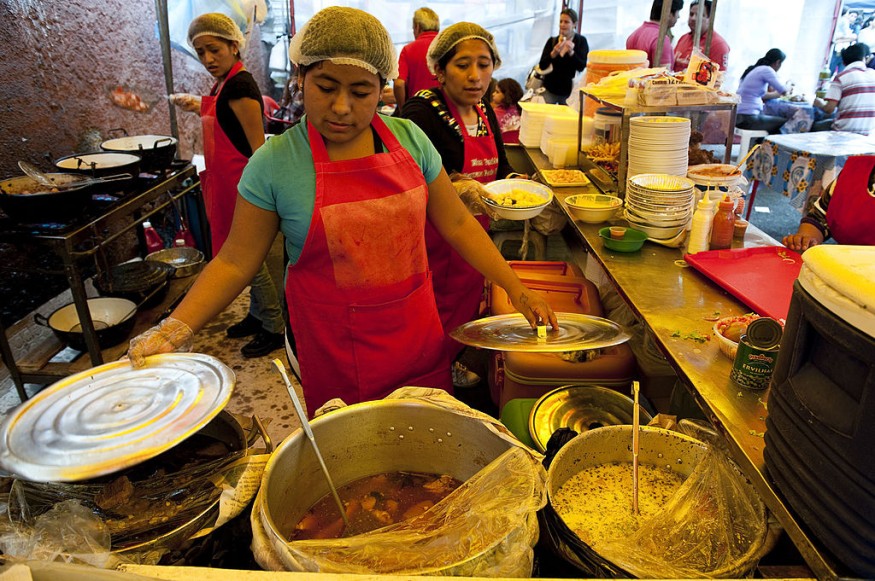Bolivia: 3 Popular Exotic Bolivian Dishes You Need to Try During Your Visit

Bolivia has a rich culture that has been passed on to several generations, including its traditions when it comes to food.
To keep its culture and food tradition alive, the Bolivian Movement for the Integration of Gastronomy (MIGA) was created. It promotes the diversity of the country's traditional food, showing that the Latin American country prides itself on the history of its Bolivian foods.
MIGA also coordinates with local producers, chefs, restaurateurs, and customers to incorporate traditional Bolivian food back on the menu. One of the customs and etiquette showing Bolivia putting significance on its food culture is salteña.
Salteña is a 15-30-minute snack break in the morning between breakfast and lunch. During this time, most of the city closes down, with offices, stores, and businesses having coffee or tea in this time.
Bolivian food features mostly Spanish cuisine. Traditional dishes incorporate some Andean flavors and traditions.
Quinoa is one of the staple foods in Bolivia. It has an ancient Andean grain counterpart called cañahua.
Cañahua has been called a "superfood" due to its nutritional value and ability to last despite changes in the climate. You can get to know much of the Bolivian food heritage through these exotic dishes.
3 Exotic Foods in Bolivia
Bolivia can be a whirlwind of experience for foodies who wanted to try something new for their taste buds.
Aside from the traditional Bolivian dishes such as cuñape and empanadas, Bolivia also offers choices that would be a new and bizarre experience for your palate.
Cuy
Guinea pigs might be a usual household pet in other parts of the world, but in Bolivia, guinea pigs are considered to be one of the exotic Bolivian foods in the country.
Cuy is one of the delicacies in the high Andean regions and one of the most popular side dishes. It is supposed to be the main course, but the bony dish usually only satisfies the curiosity of the foodies.
The meal is usually served whole with teeth and nails still intact. It is also considered to contain a high nutritional value with omega 3 and high protein content.
Caldo de Cardan
Caldo de cardan or known as the bull's penis soup has earned the reputation for being a "fear factor" food. However, people might be surprised to find out that the extraordinary soup has a beneficial effect.
Some people claim that caldo de cardan gives you an energy boost that can last for hours. Many Bolivians look for a caldo de cardan bowl on Sunday mornings.
The bull's penis soup is also known to be a cure for hangovers and a natural Viagra.
Aside from the bull's penis, it also consists of pieces of beef, lamb, and chicken thrown into the mix for extra flavor. Some people cook the soup with Illajua or a traditional Bolivian spicy sauce made from chili peppers, tomato, and onion.
Llama Meat
Bolivia's national animal, the Llama, has also found its way to become the star in one of the nation's varieties of dishes.
Llama meat is known for its low content of fat and very high content of protein. Its tongue and brain are also eaten and even considered to be a delicious meal.
If trying llama meat for the first time, you can try salted fried llama jerky for a less daunting understanding of the meal.
This article is owned by Latin Post
Written by: Mary Webber
WATCH: We Are What We Eat: Bolivia - From Nat Geo Live
Subscribe to Latin Post!
Sign up for our free newsletter for the Latest coverage!

















